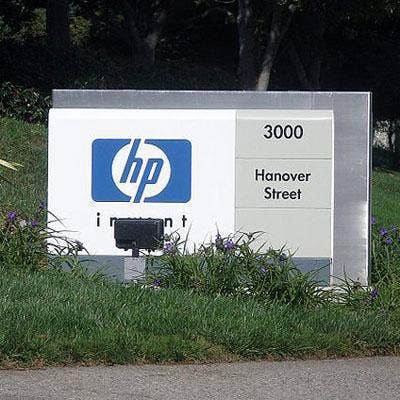HP’s New 3D Printer Touted As Supply Chain Fix
Schneider Electric is already using the new tech to produce components too complex for normal manufacturing processes.

HP Inc. on Monday introduced a new metal 3D printer that could help industries shore up their supply chain with scalable mass production component printing.
The company’s Metal Jet S100 is now commercially available for mass production of high-quality 3D printed metal parts for customers across medical, industrial, consumer goods, and automotive industries. The Palo Alto, Calif.-based IT powerhouse showcased the new printing tech at the 2022 International Manufacturing Technology Show (IMTS).
HP has been working on ways to create resiliency when it comes to supply chain – and this could be one solution, the company said.
“We are witnessing entire industries, from industrial to consumer, and healthcare to automotive, looking to digitally transform their manufacturing processes and supply chains in a world where volatility is the new normal,” said Dider Deltor, president of HP’s personalization and 3D printing business, in a statement. “As the promise of additive manufacturing takes hold, HP has become a trusted partner to help speed the path to production.”
The new technology is already being deployed by Schneider Electric to design and manufacture parts. With the manufacturing industry worth an estimated $12 trillion globally, 3D printing options are hoped to help accelerate designs, improve process developments, and secure an increasingly unpredictable supply chain.
The company’s Metal Jet S100 is aimed at the global metals manufacturing sector and end-to-end supply chain solutions in software and hardware, the company said. “Since announcing the breakthrough Metal Jet technology in 2018, we have been working to develop the industry’s most advanced commercial solution for 3D metals mass production,” said Ramon Pastor, global head and general manager of 3D metals at HP, in a statement. “3D printed metal parts are a key driving force behind digital transformation… (the Metal Jet S100) helps customers realize the unlimited potential for digital manufacturing.
Schneider Electric has already started using the new printer to manufacture a new filter for its NSX breaker – which could not be achieved with conventional industrial manufacturing because of the shape and material complexity. Many companies have faced massive backlogs from pandemic-related supply chain snarls – solutions like this could help alleviate some of that component production pressure.
“We are excited about the new possibilities for our business as a result of this collaboration with HP,” Michael Lotfy, Schneider Electric’s senior vice president of power products and systems, North America, said in a statement. “We are constantly in pursuit of solutions that will enable more sustainable, agile innovations development. Leveraging HP Metal Jet, our teams have delivered a proven use case showcasing the benefits of digital manufacturing and 3D printing, and we look forward to uncovering many more applications that meet the evolving demands from our customers addressing the challenges around sustainability…”
HP is also collaborating on mass metals production opportunities with new partners and customers around the world, including Domin Digital Motion, an innovative industrial company focused on hydraulic systems and valves, and Lumenium, a startup developer of advanced rotational engines.
While HP currently only sells its 3D metal printers directly, one channel partner told CRN he sees a direct positive impact the new technology could have on partners’ access to component parts. Mike Turicchi, vice president of Gainesville, Va.-based NCS Technologies, said the new technology could help alleviate logistics issues for certain components now plaguing the industry.
“I think from a supply chain standpoint, this is great,” he said. “If you can bring some of that process in-house and do it on demand and you’re not paying for bulk shipping or storing inventory, that will reduce costs for manufacturing,” he said. “Even the components for the computers we sell… we need those same kinds of parts. If we could manufacture that on demand, that would be a win for everyone.”